Although the Highlander is an overall great family-hauler, it still has its drawbacks. The 2003 to 2005 Highlanders in particular have extraordinarily high repair costs. And the 2008 edition received over 300 complaints and 13 recalls.
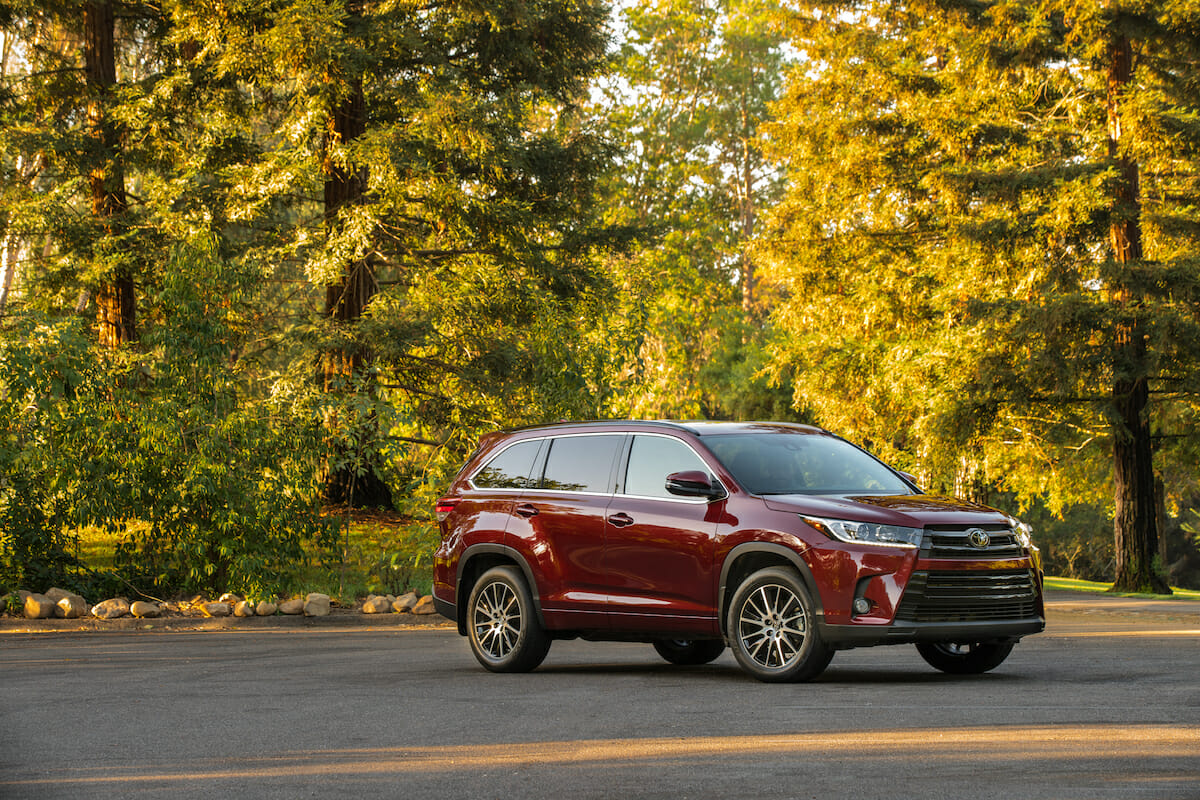
Key Points
- The first-generation Highlander is a reliable vehicle overall. However, the 2003 through 2005 versions are best avoided because they often need costly repairs.
- The second-generation Highlander is similarly reliable. The only one to avoid is the 2008 Highlander, which received over 300 complaints and 13 recalls, according to the NHTSA.
- All Highlander model years from 2009 to present are notably reliable and safe SUVs.
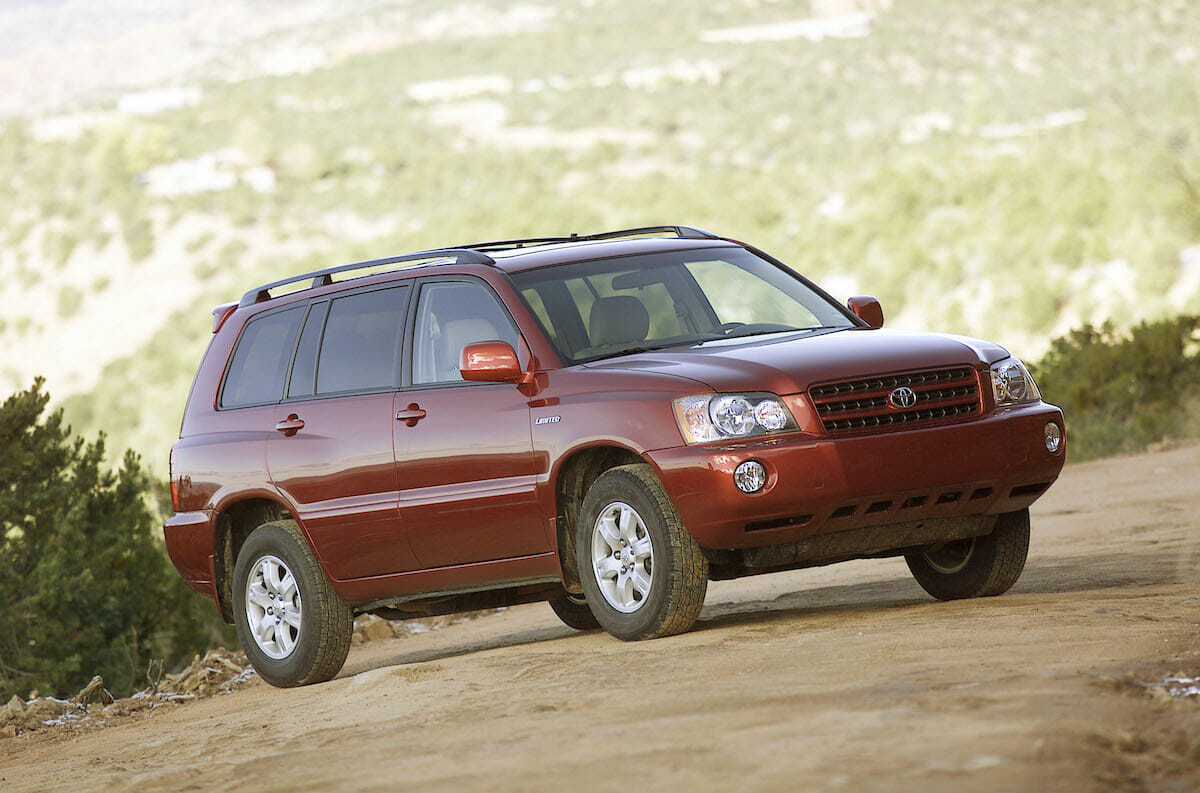
Since 2001, Toyota Highlander Continues to Break Sales Records, but the Popular SUV is Not Problem-free
Initially released in 2001, the Highlander is long regarded as one of the safest, largest, and most reliable SUVs on the road. Its purpose to be a road-going family hauler has always been clear. Until this title was stolen by the RAV4 in 2006, the Highlander was Toyota’s best-selling sport utility vehicle.
More recently, Toyota set a sales record in the U.S. for 2018, selling nearly 250,000 Highlanders. The vehicle is still wildly popular, and in fact, it’s the fourth best-selling SUV of 2021. However, while the Highlander is one of the most reliable vehicles on the market, it still has its shortcomings. Some years are worse than others, and some should be avoided completely.
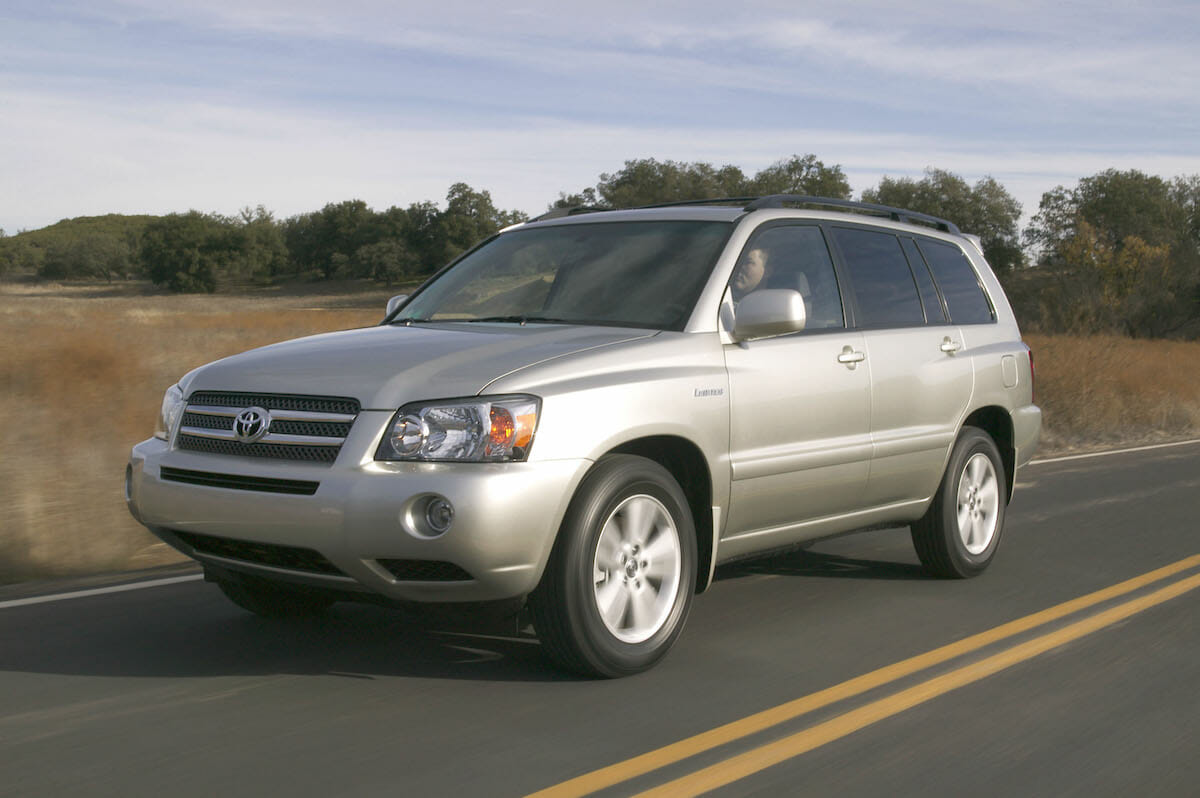
First Generation: 2003-2005 Highlander’s Suffered from Costly Engine and Transmission Failure
The first-generation Highlander (2001-2007) was released in 2001 as a five-seater. It differed from other SUVs of the time by focusing on being great on the road instead of off the beaten trail. To do this, Toyota borrowed the chassis from a familiar road-goer, the Camry.
A 2.4L I4 engine came standard on the original Highlander, but buyers could opt for a more powerful V6, which only produced four fewer mpg than the I4. Also, the original Highlander was safe, receiving an overall top rating of “Good” from the IIHS.
The NHTSA reports that on average, the first-generation Toyota Highlander received over 100 complaints per model year. For the 2001-2002 models, the most common complaint was about the sun visor. While driving, it could fall down and obstruct the driver’s view. All in all, the visor is a cheap fix.
However, the 2003 Highlander’s common problem is much more worrying and expensive. Overheating caused by a coolant leak was common for this model year. This could call for a total engine replacement, costing buyers around $3,200.
Also, the 2004-2005 model years suffered from another expensive problem: defective transmissions. The 2006-2007 Highlanders are the best option, because they don’t have as many reliability concerns and have more standard features. However, the 2007 models are the cream of the crop thanks to their standard rollover sensors and side airbags.
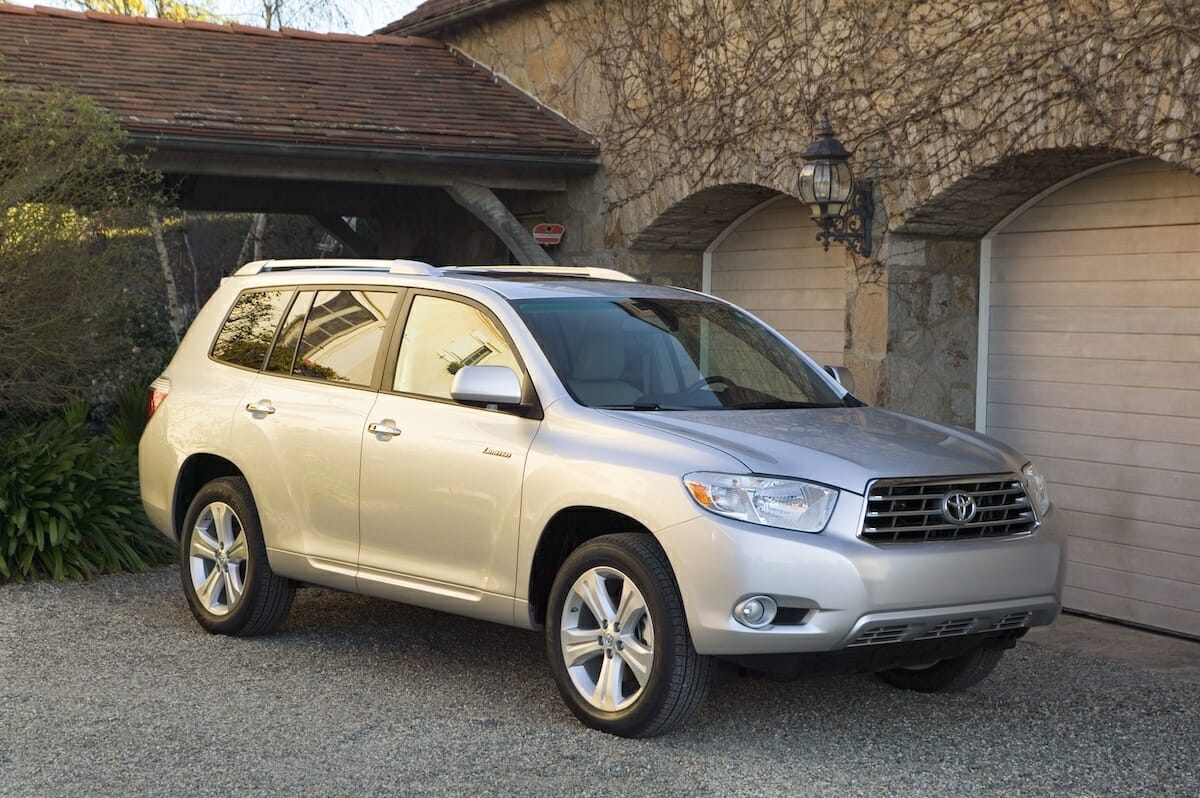
Second Generation: With 13 Recalls and 300 Complaints, the 2008 Highlander is a Risky Ride
The second-generation (2008-2013) Toyota Highlander was released for the 2008 model year. If this generation had to be described in one word, it would be “safety.” It received the IIHS Top Safety Pick for every model year, six in total. Improving on the last generation, this Highlander came with a larger cabin, a more powerful engine, and better standard features. As the Highlander got larger, it also got heavier. Toyota was aware of this and made the 3.5L V6 engine standard. When it comes to reliability, the second-generation Highlander had a rough start.
Showing that Toyota learned from its mistakes made on the initial model year (2008), the complaints were cut in half for every model year thereafter (2009-2013). Although the NHTSA lists no glaring complaints, there were a few, and most had to do with electrical system failures. The only common problem to be found on the Toyota Highlander is a defective steering shaft that may need to be replaced. The good news is that it’s not an expensive fix and owners can usually diagnose this problem themselves. A crunching or clunking noise when turning at low speeds is a tell-tale sign that the shaft needs replaced.
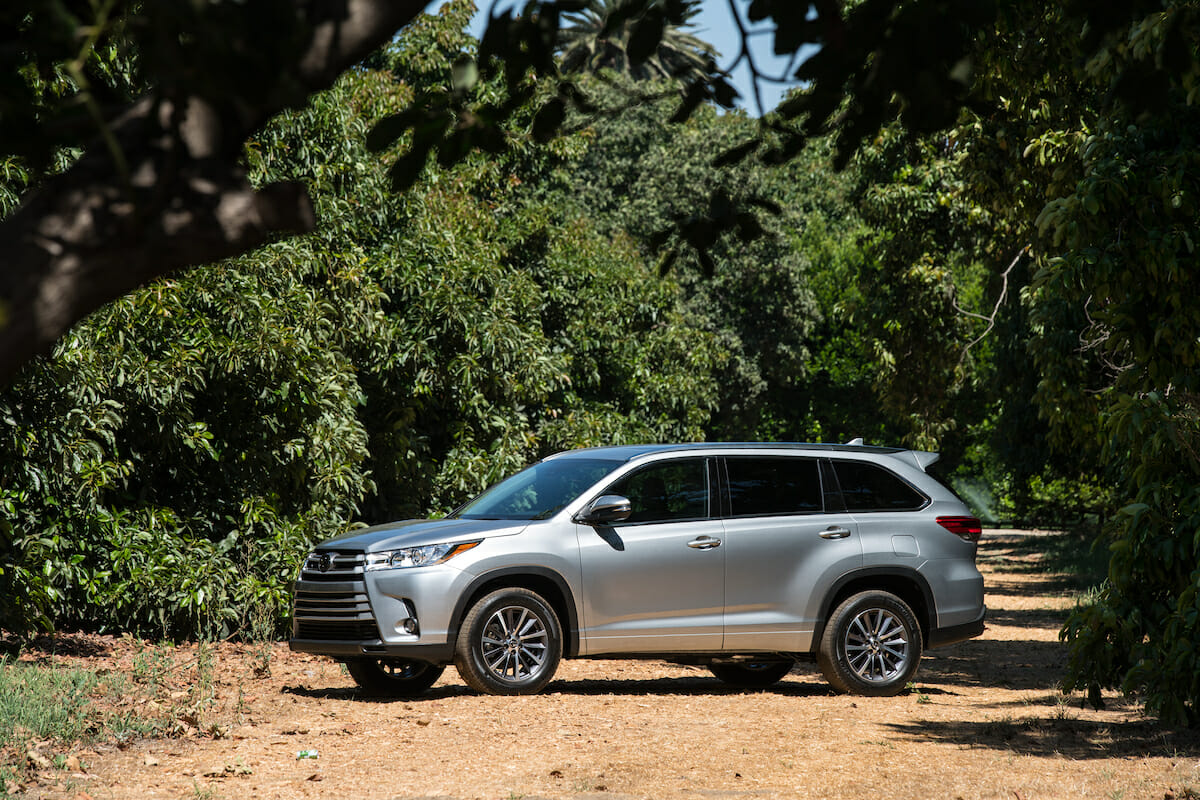
Third Generation: Troublesome Tailgate and Fuel Pump Failure Plagued 2017-2019 Highlanders
Aside from styling, the most significant change for the third-generation (2014-2019) Highlander was additional seating for three more passengers. The third generation improved on the Highlander’s safety even further. It was awarded the top-notch IIHS Top Safety Pick+ award for the 2014-2017 model years, and the 2018 and 2019 models received an admirable Top Safety Pick. The only fault to be found in the third-generation Highlander’s safety was in the small overlap front test where it received a mark of “acceptable.”
The third-generation Highlander was relatively reliable. It received a mere 100 complaints per model year on the NHTSA. Although, this does not mean the SUV was without fault. The most common problem was with the tailgate. When owners tried to unlock the tailgate, it wouldn’t budge. One Highlander owner of a 2015 model reported the tailgate problem in a thread in the fan forums, noting on Toyota Nation that his tailgate “only closed partially, and I tried everything and it would not go down all the way,” he writes. “I then just manually pushed to in order to shut the lift gate totally. Now, it doesn’t open either.”
Highlander’s third generation also reportedly has fuel pump issues, which led to a recall. If the fuel pump fails, the engine will stall, which can lead to a crash. There were 695,541 units involved in the recall, including Highlanders from 2017 to 2019 as well as some hybrid models. “This condition does not present an unreasonable risk to safety,” says Toyota in the recall notice.
All in all, the third generation does not seem to be causing any major trouble for owners. In 2017, Toyota made its direct fuel injection system standard. The upgraded fuel system, coupled with a slightly better crash rating makes the 2017-2019 Highlanders the best buys for this generation.
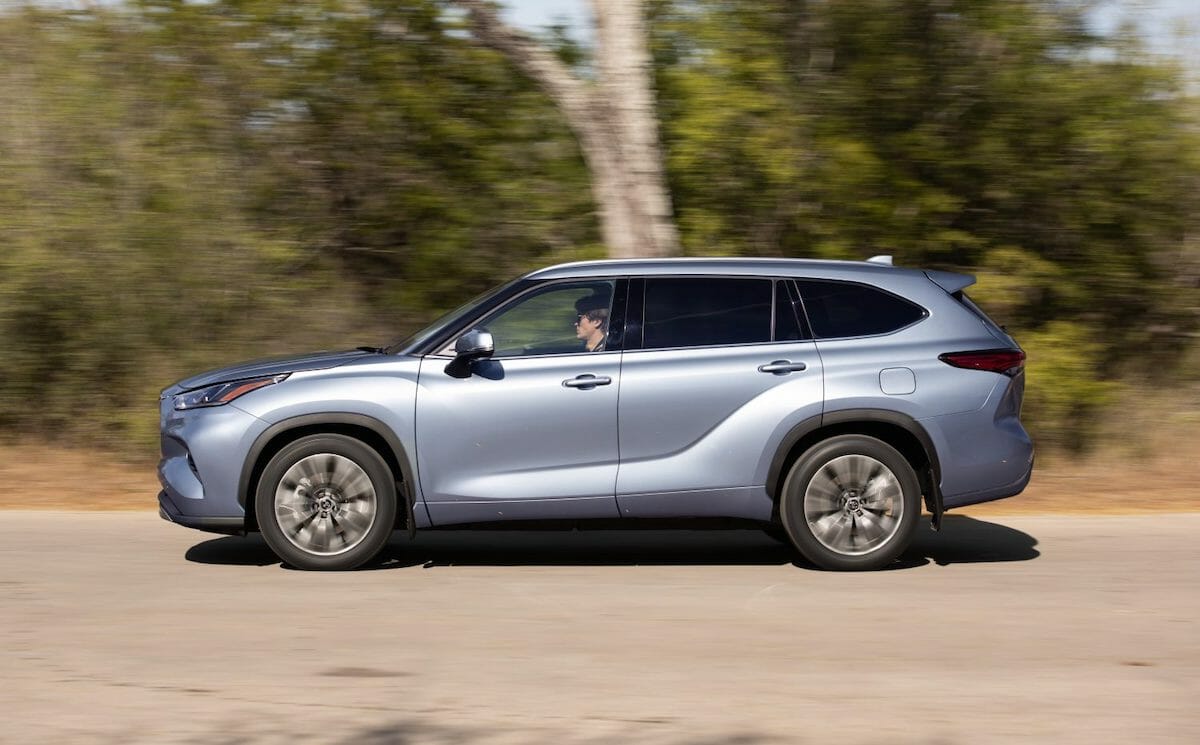
Fourth Generation: New Generation Would’ve Been Perfect if it Weren’t for 2020 Model’s Inadequate Headlights
The fourth-generation (2020-present) Highlander hit the market in 2020. Toyota decided to improve on the previous generations by designing a completely new GA-K platform. The novel platform proved to be successful and improved both the ride and handling of the Highlander. But Toyota didn’t stop there. They also included Android Auto and Apple CarPlay compatibility, added more cargo space, and made Toyota’s Safety Sense 2.5+ standard on all models. The automaker made the powerful 3.5L V6 engine paired with an eight-speed transmission standard on all Highlanders. This engine is rated at a combined mpg of about 23. Unsurprisingly, the Highlander’s dimensions grew once more as it got wider and longer.
From the limited data, the fourth generation seems to be very reliable thus far with few complaints list on the NHTSA site. The only problem reported for the new generation is that the fuel tank will not fill up completely. However, this seems to be a common Toyota problem, as it is also reportedly an issue with the smaller RAV4. It’s likely Toyota will announce a fix for this issue in the near future.
Perpetuating the Highlander’s keystone of safety, the new Highlander received a Top Safety Pick for 2020 and Top Safety Pick+ for 2021 from the IIHS. It managed to score a “good” in every category except for the headlights. The headlights on the 2020 LE and XLE trims received the lowest value possible with a score of “poor.” The issue seems to have been resolved, because for 2021, the headlights received an “acceptable” score on every trim, not including the Platinum which received a “good” score.
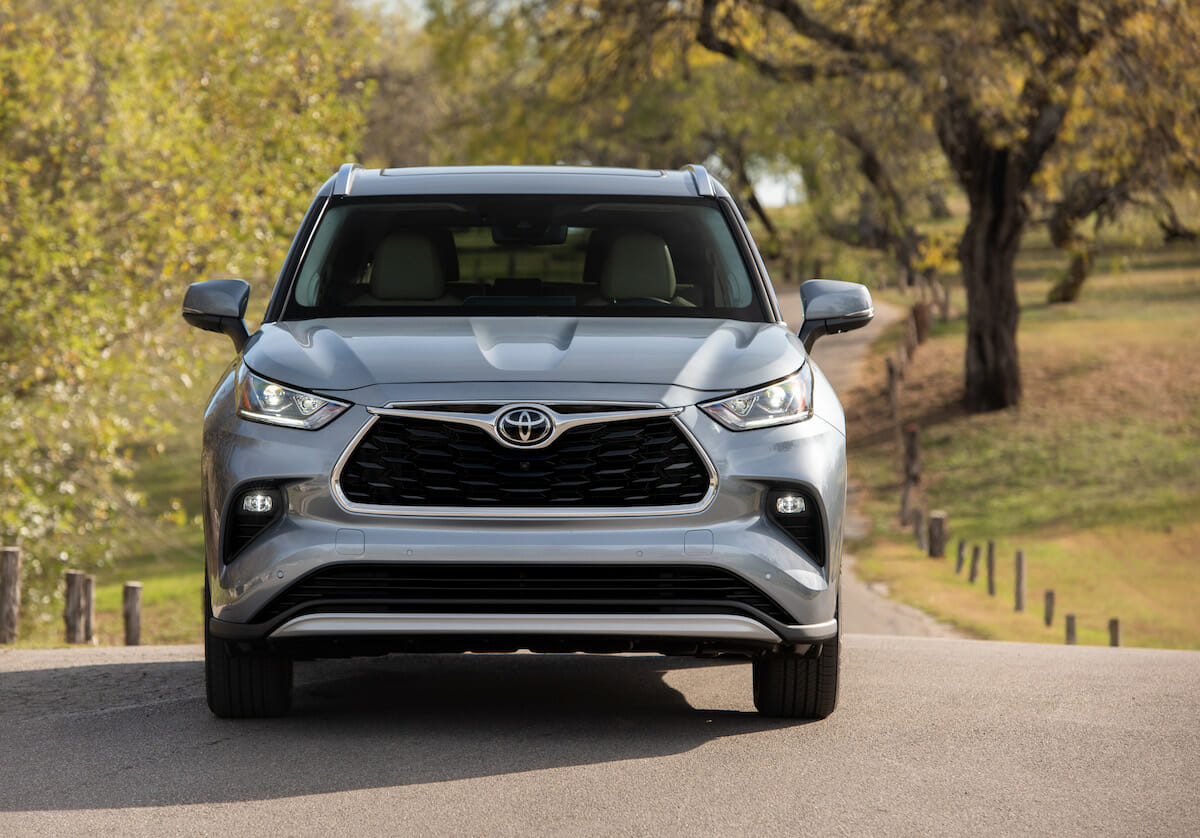
So, Which Model Years are the Highlander’s Best on the Used Market?
As time has shown, the Highlander is the ideal family hauler. Not only is it one of the safest SUVs on the road, but it’s also very spacious. Moreover, it’s very reliable with only a few notable reliability concerns. Although almost all Highlanders are good buys, there are a few to avoid.
For the first-generation Highlander (2001-2007), the only ones that should be avoided are the 2003 and 2004 model years. This is because they reportedly suffer from problems that require expensive repairs, such as an engine or transmission replacement. If you still want a first-generation Highlander, rest assured knowing that the 2005 to 2007 Highlanders received much stronger reviews.
The 2008 Toyota Highlander also had some engine problems, so it’s best to leave that one with a for-sale sign on it. However, almost all of the other years have proved to not only be remarkably safe but also reliable. When you really look into it, it’s no surprise that the Highlander is considered one of the best SUVs on the market. It’s the quintessential family vehicle as it is spacious, safe, and reliable. If you’re in the market for an SUV, look no further than the Highlander.
Photos: Toyota
